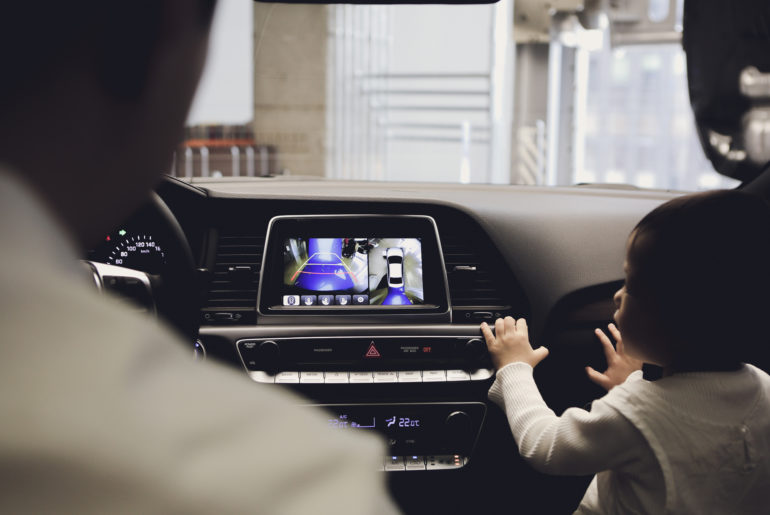The craziness that is the Consumer Electronics Show (CES) is
and always will be the blur to jump start my recovery from the holidays. It
remains one of the busiest weeks on the calendar for any attendee, much less an
automotive industry analyst. At the event, I formally met with more than 30
automotive suppliers and manufacturers (not including all the informal
introductions, run-ins, and booth/coffee chats), all eager to provide updates
on their latest announcements, partnerships, and investments. If time and
travel wouldn’t have been a constraint, that number would have been much
higher.
Earlier this month, GM announced that it will be adopting Google’s Android Automotive operating system, which included Google’s voice assistance (Google Assistant), embedded navigation (Google Maps), and in-vehicle applications (via the Google Play Store), for all of its vehicle brands beginning in 2021. This landmark deal reinforces the importance of developing and delivering a differentiated in-vehicle experience, as well as demonstrates how large horizontal technology platforms and brands are targeting IoT and key verticals (like automotive) for growth.

